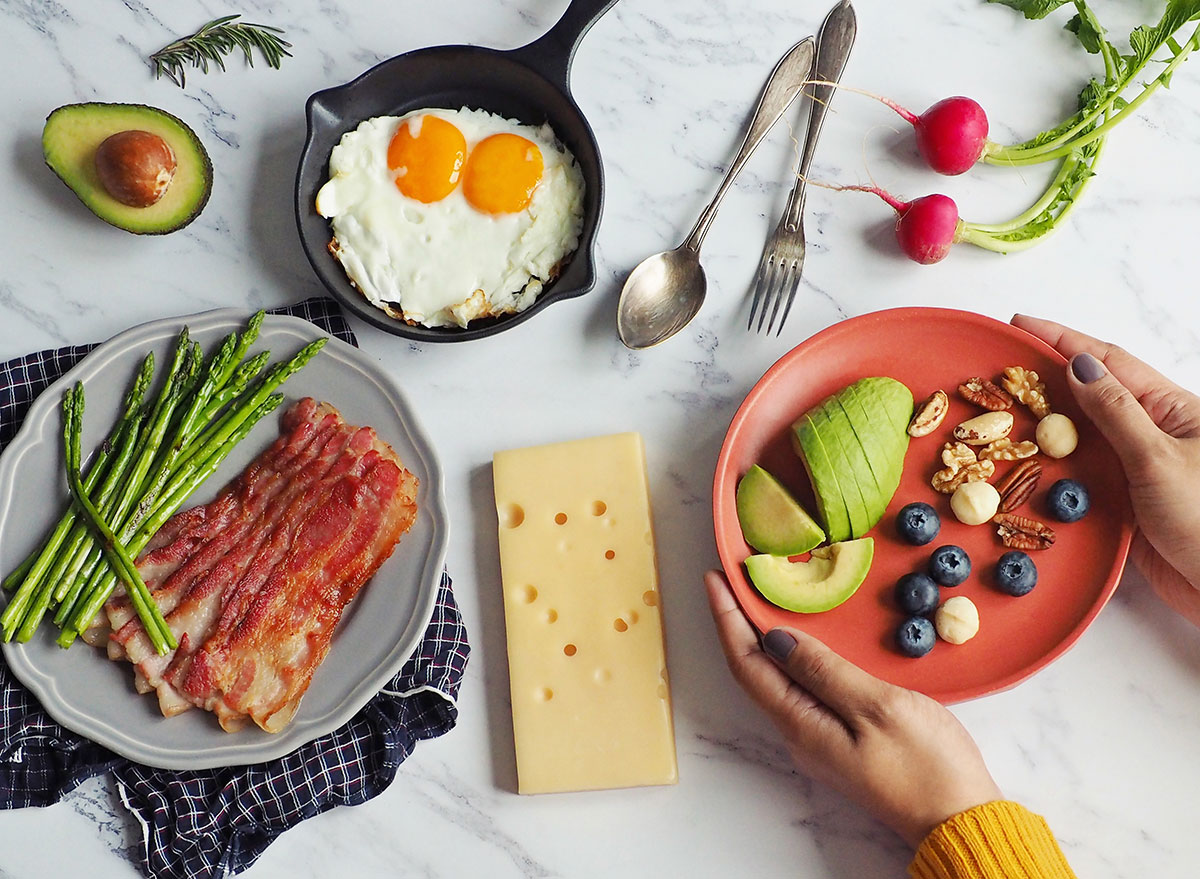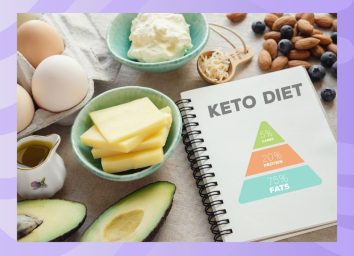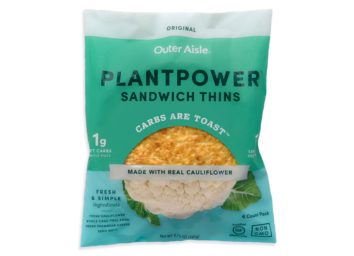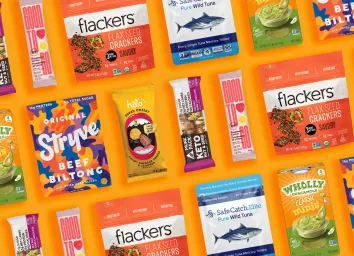Easy Keto Calculator: Simple Ways to Calculate Your Macros on the Keto Diet

To really reach the maximum weight loss potential of the keto diet, it is recommended that you keep a daily count of your keto macros. But how is this done? We break it down so you can easily calculate your macros when following the low-carb diet.
What are keto macros?
First things first: what are macros? Macros, or macronutrients, are basically the main nutrients our bodies need to survive. Macronutrients are broken down into three major categories: carbohydrates, proteins, and fats.
“In general, it’s important to have a sense of what foods contain what macros because you want to have a balance of these three macronutrients,” Natalie Rizzo, MS, RD, and author of The No-Brainer Nutrition Guide For Every Runner explains. “Most diets are around 50 percent carbs, 25 percent protein, and 25 percent fat.”
Now, when it comes to the keto diet, these percentages look quite different. That’s because, when a person is reaching ketosis, their body breaks down stored fat into molecules called ketones—versus breaking down all those extra carbohydrates and sugar. But to reach maximum ketosis, it takes more than just staying under the recommended 20-50 grams of carbs a day.
How to count keto macros
To properly count keto diet macros, you have to divide your daily consumption of fat, protein, and carbs to a level where ketosis is attainable. “The two important pieces of keto are keeping the grams of carbohydrates eaten below 20-50 grams, and eating calories predominantly from fat,” says Rachel Paul, PhD, RD, CDN from CollegeNutritionist.com. You should aim for 70 to 80 percent of your daily calories to come from fat, 20 to 25 percent to come from protein, and 5 to 10 percent from carbs in order to maintain ketosis. Let’s start with the basics:
- Carbs have four calories per gram.
- Fat has nine calories per gram
- Protein has four calories per gram.
Let’s use this knowledge to calculate exactly how many keto macros are perfect for you. First, you need to figure out how many calories to eat for weight loss. Once you have that number, you can calculate your keto macros. Here’s an example calculation using 1,500 calories.
- Carbs: Calories per day (1,500) x percentage of calories from carbs (.10) / number of calories per gram in carbohydrates (4) = 37.5 grams of carbs per day
- Protein: Calories per day (1,500) x percentage of calories from protein (.20) / number of calories per gram in protein (4) = 75 grams of protein per day
- Fat: Calories per day (1,500) x percentage of calories from fat (.70) / number of calories per gram in fat (9) = 117 grams of fat per day
What can you eat?
Taking a look at these keto macros, we can clearly see that healthy fat consumption is a major part of reaching and maintaining ketosis. No, this doesn’t mean you should eat bacon and eggs all day!
“It’s also really important to choose healthy fat sources, from foods like fish, chicken, turkey, nuts, and seeds,” says Rizzo. “Eating too much saturated fat from red meat can negatively affect your cholesterol and blood lipid levels.”
There is a range of healthy fats you can consume on the keto diet like avocados, olives, coconut oil, salmon, and cheese, just to name a few. Paul gave us a full day meal plan that will help you follow your correct keto diet macros.
- Breakfast: A plate of eggs with butter and spinach
- Lunch: Burger patty with a lettuce bun, along with a side salad and avocado
- Dinner: Chicken with alfredo sauce and a side of broccoli
Do you have to count macros on keto?
It is possible to go into ketosis without tracking macros, but tracking macros ensures you’re not going over your daily carb intake, you’re eating the right amount of protein, and you’re consuming the proper amount of calories for weight loss.
In addition, tracking keto diet macros can be so much more helpful than guaranteeing weight loss. It may also lead to an awareness of your current eating habits and shift your whole relationship with food. You can learn which foods make you feel tired, which ones give you the most energy, or what helps to boost your physical activity.
But, as with all diets, there are certain risks that come attached with counting keto macros. “As compared to the standard recommended macro range, people following a keto diet tend to eat 75 percent of calories from fat, 20 percent from protein, and 5 percent from carbs. The danger in that is that carbohydrates are the primary macro in really healthy foods, like fruits, vegetables, and whole grains,” says Rizzo.
If counting keto macros doesn’t sound like your thing, she has some simple advice to help you get started on your healthy eating lifestyle. “Try to keep your intake of packaged foods, like snacks, desserts, and sweetened beverages to a minimum, and don’t eat greasy or fried food all that often. Focus on the foods to eat more of, rather than the foods you need to take away.”
But if you are planning to try your hand at the keto diet and are not quite ready to track your macros, here is the main goal to remember: Staying in ketosis is really all about having an awareness of healthy fats versus not so healthy fats and maintaining the willpower to limit your daily intake of carbs. So when preparing your keto meals, take a good look at your plate and look for balance rather than just a deficit of carbohydrates.








